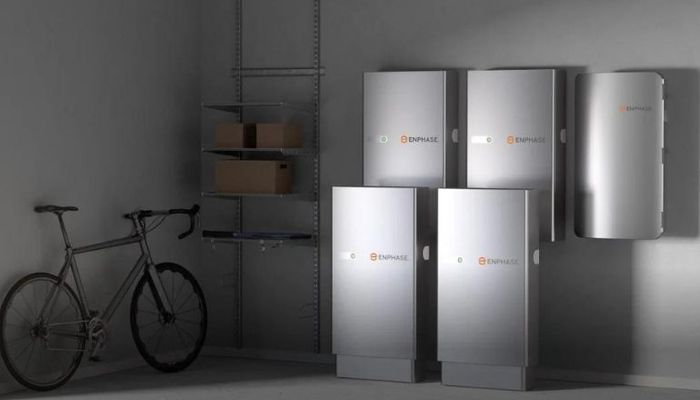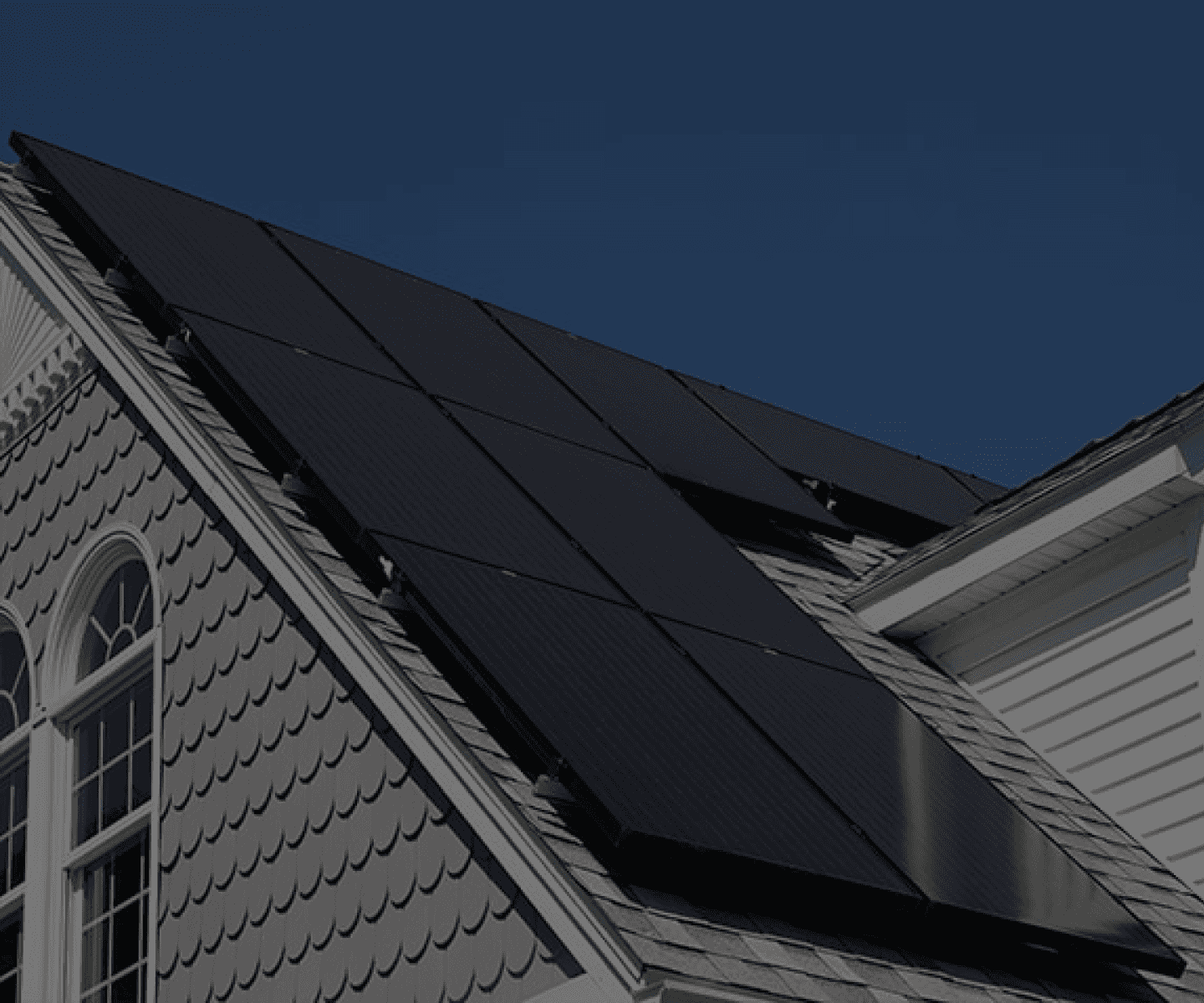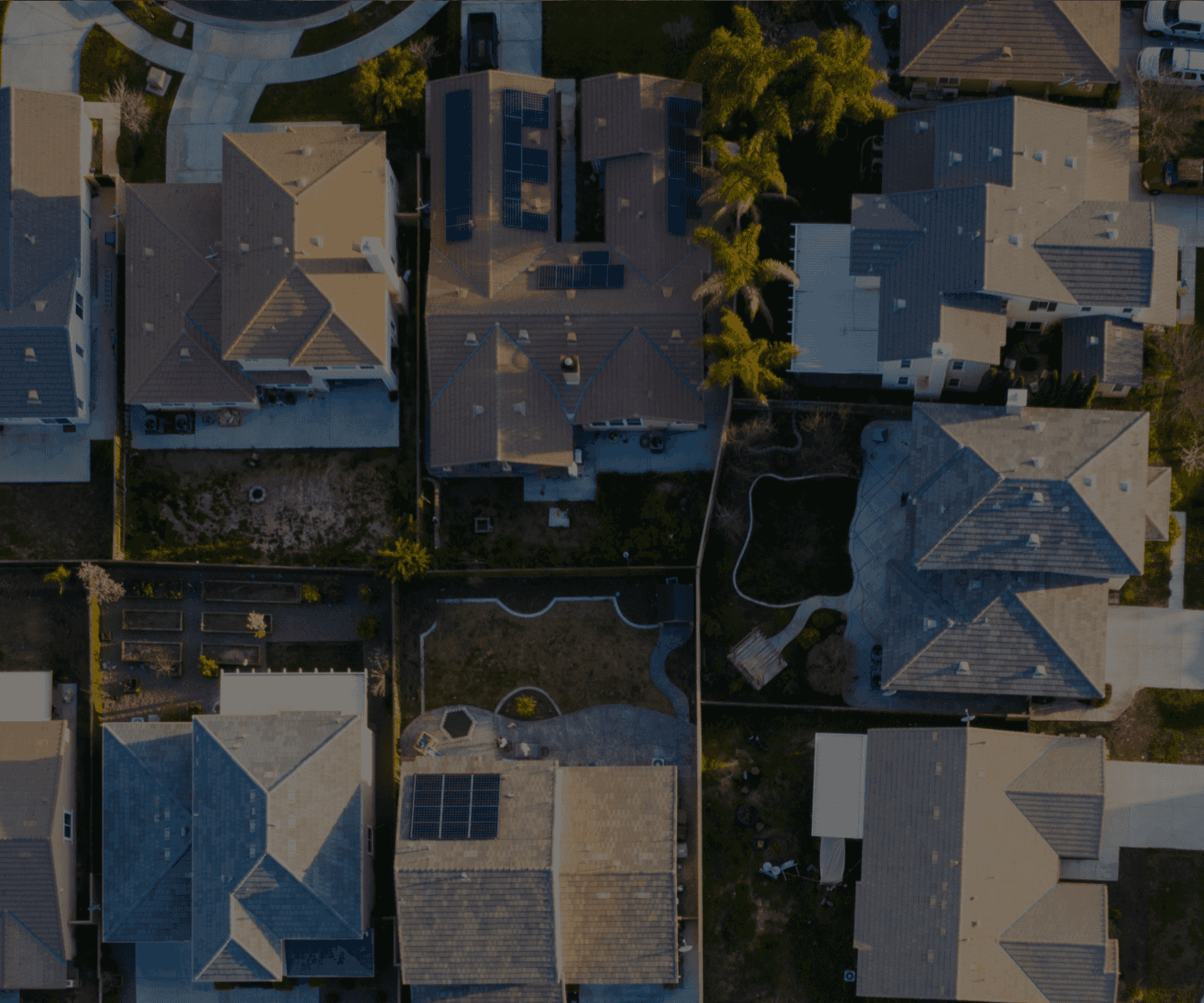How to Optimize Solar Panel Production: 6 Tips

To maximize energy and cost savings from your solar panel system, you’ll want to know how to optimize solar panel production. Today, we’re sharing six tips to optimize your renewable energy system for optimal, long-lasting performance.
Keep these recommendations in mind while shopping for or setting up your solar array. By installing an optimized system correctly the first time, you can make the most out of your solar investment from day one.
Verify Panel Orientation
When installing solar panels, you want to think carefully about the direction the panels face.
Solar cells produce the most power when directly perpendicular to the sun’s rays. But since the sun moves throughout the day, you’ll have to choose a fixed orientation that provides the highest possible solar panel output.
It is best to install solar panels facing south at a tilt angle that is slightly less than your local latitude. This angle will be best if you have a south-facing roof.
If you don’t have a south-facing roof but have enough space on your property for panels, having an ideal solar panel orientation is still possible. Opt for a south-facing ground mount installation to optimize your solar panel output.
If rooftop solar is your only option and you don’t have a south-facing roof, don’t fret too much. You can orient your solar panels east or west and still produce enough power for a solid return on investment.
Read: Ground Mount vs. Roof Mount Solar Panels: Which is Best?
For more information on determining solar panel output at different orientations, check out NREL's PVWatts® Calculator.
Use Electric Rates and Batteries to Your Advantage
Examining your electric rates closely before installing solar panels will help you make decisions to increase your energy savings.
Time of Use Electric Rates
Being on a time of use (TOU) electric rate means you will pay more for power consumption in the afternoons and evenings than mornings or late nights. If this is your case, west-facing solar panels could increase your energy savings (compared to the traditional best practice of south-facing solar panels). West-facing solar panels will generate more power during the timeframe when power is more expensive.
Consider adding batteries to your system to further optimize your solar production with time of use electric rates. Solar battery systems can store power generated in the morning and use it to offset power in the evening during high TOU hours.
Non-Bypassable Charges
Another aspect of electric rates to know is non-bypassable charges. With true net metering, you feed a kilowatt-hour (kWh) into the grid and receive credit for it. Then, you can pull a kWh from the grid at night, which goes against that credit. But many states now implement non-bypassable charges. When you use credited kWh, you’ll have to pay a few cents.
Like with time of use rates, a great way to optimize your system with non-bypassable charges is to add a battery. Instead of feeding power to the grid, you can retain the excess energy in the battery for later use.
Avoid Shade Where You Can
Rooftop solar is ideal because elevating your solar system means dodging shade from trees and other buildings. Shade can significantly impact solar panel output, so you should avoid shade as much as possible.
Suppose you can’t avoid shade on some of your solar panels. In that case, you can still optimize your system with module-level microinverters (like Enphase) or DC optimizers (like SolarEdge) to mitigate the effects of shade on solar panel output. Thanks to micro inverters, shade on one or a few of your panels won’t affect the production of other panels in the array.
Look Into High-Efficiency Solar Panels
If you have a limited amount of space for your solar energy system, one way to optimize your solar investment is to use high-efficiency solar panels. These solar panels cost more but can be worthwhile if available space is tight.
Keep Your Panels Clean
Dirt can affect the output of your solar panels by 20% or more. It’s crucial to ensure your solar panels are clean and perform their best.
Your solar panels don’t need to be spotless; yearly light maintenance is sufficient. Check out our article here to learn more about cleaning solar panels correctly.
Invest in an Effective Monitoring System
Keeping tabs on the output of your solar system is another way to ensure you’re getting the most mileage from your panels.
Monitoring systems help you identify any issues with your panels before it’s too late. Without a good monitoring setup, solar owners won’t notice problems until they get a high electric bill and discover a substantial loss in production.
If you’re looking for an end-to-end solar panel system with top-tier monitoring equipment, check out GoGreenSolar’s complete solar panel kits.
The Final Word on Optimizing Your Solar Panels
Taking these extra steps to optimize your renewable energy system will result in even better returns on your solar investment.
For more information on optimizing your solar panels or selecting the right solar system for your home, work with the experts at GoGreenSolar. Our seasoned solar veterans will walk you through the process of buying and installing your solar energy system.






